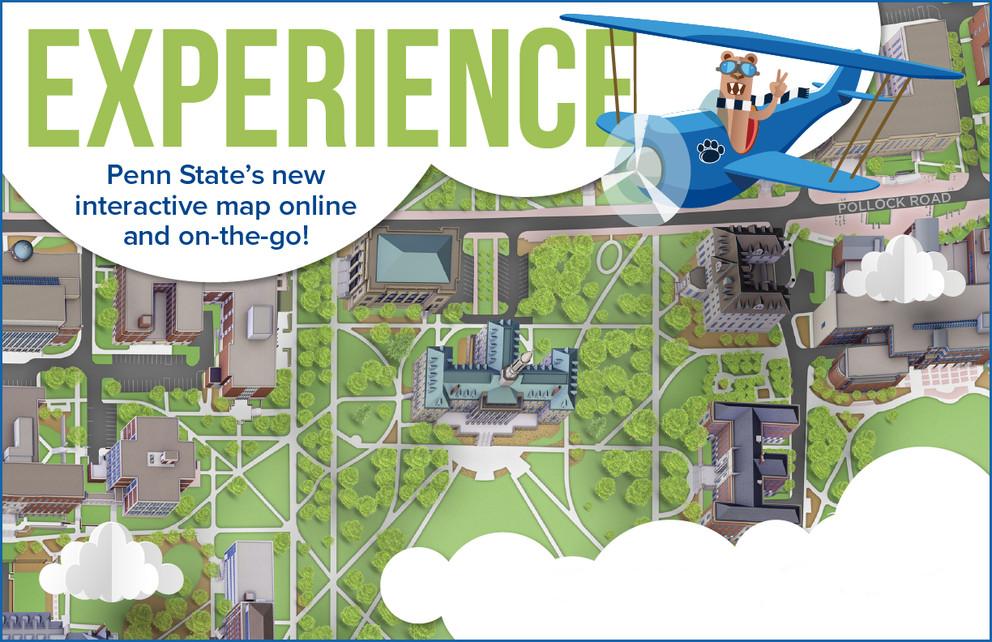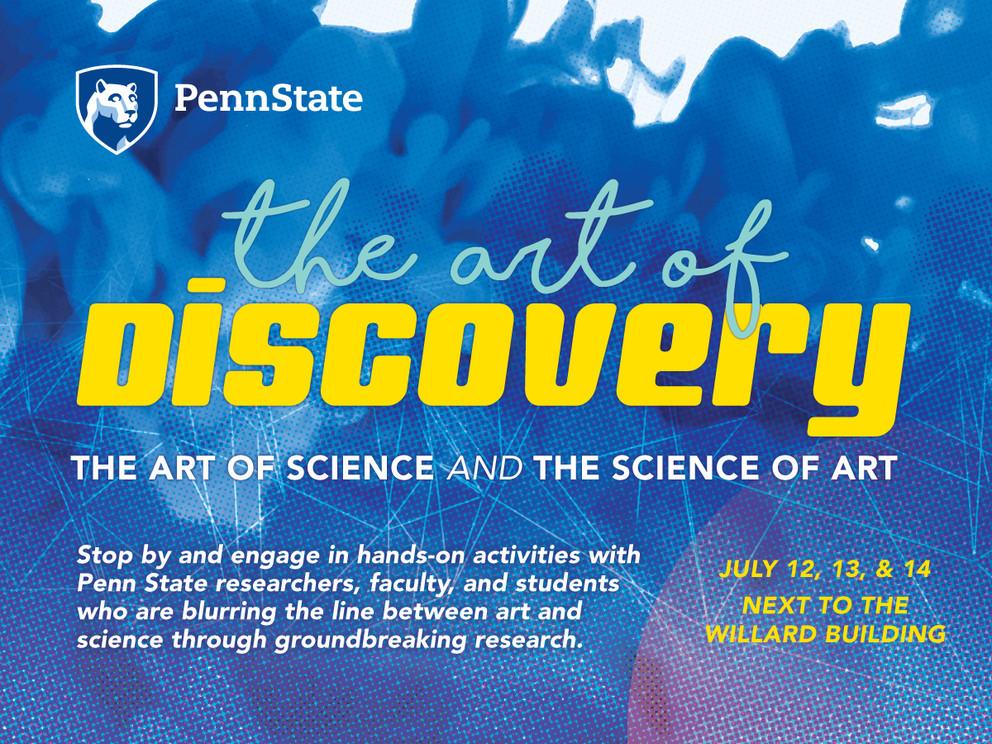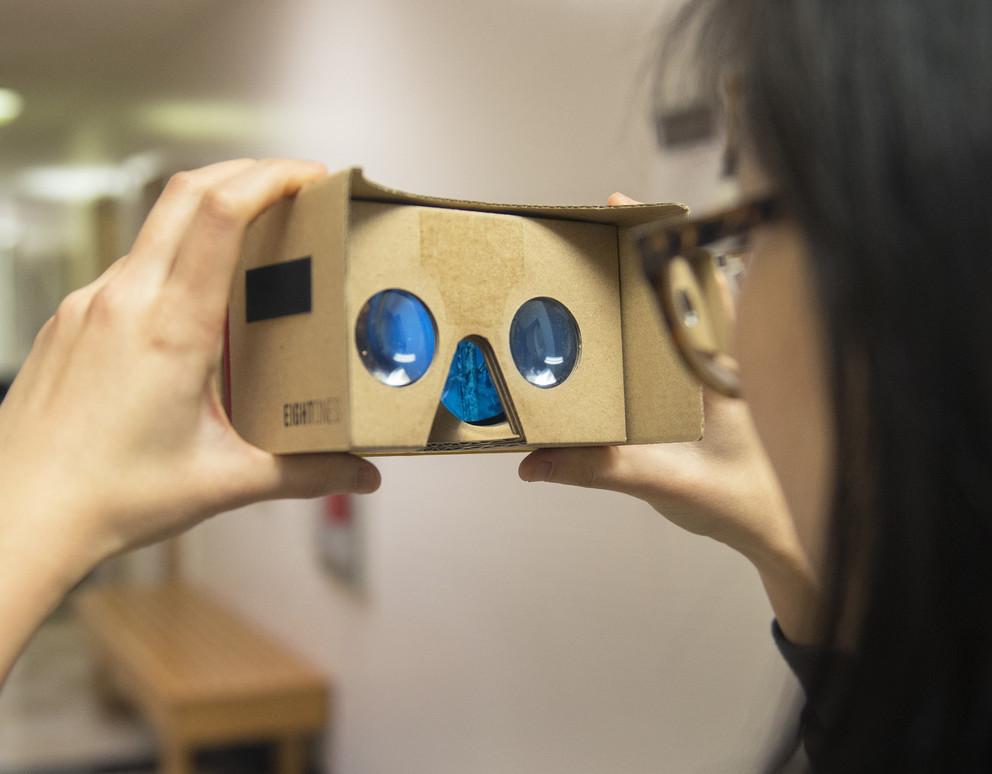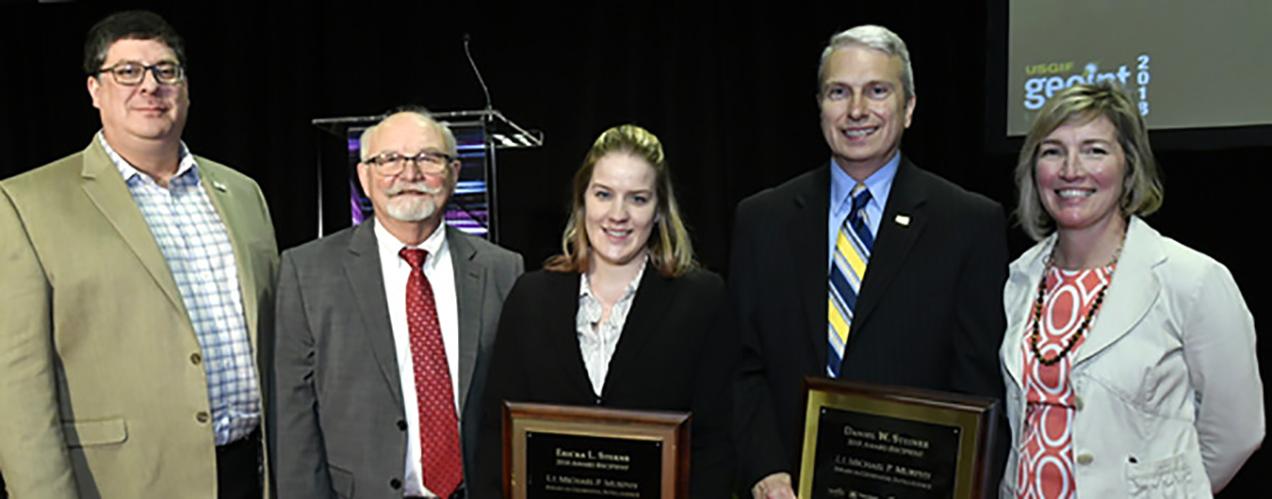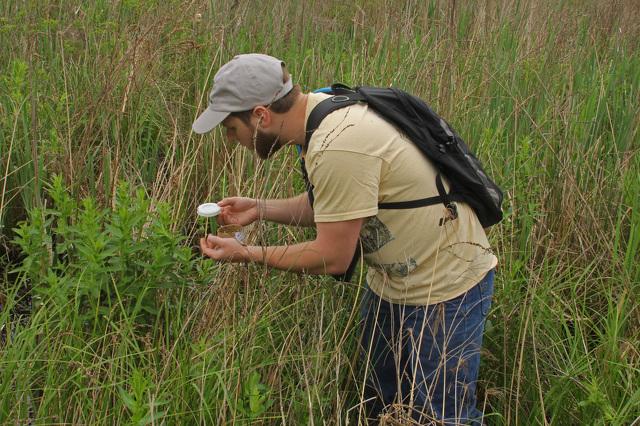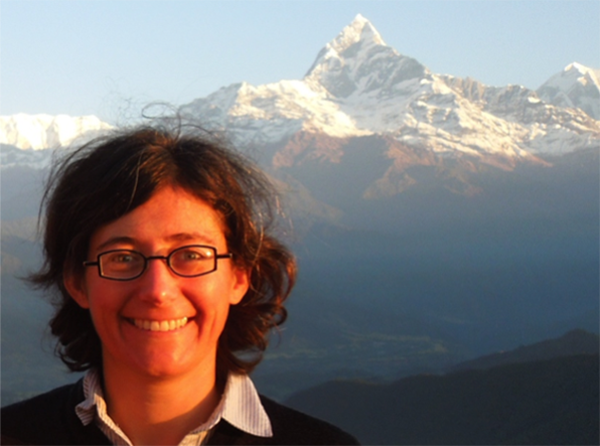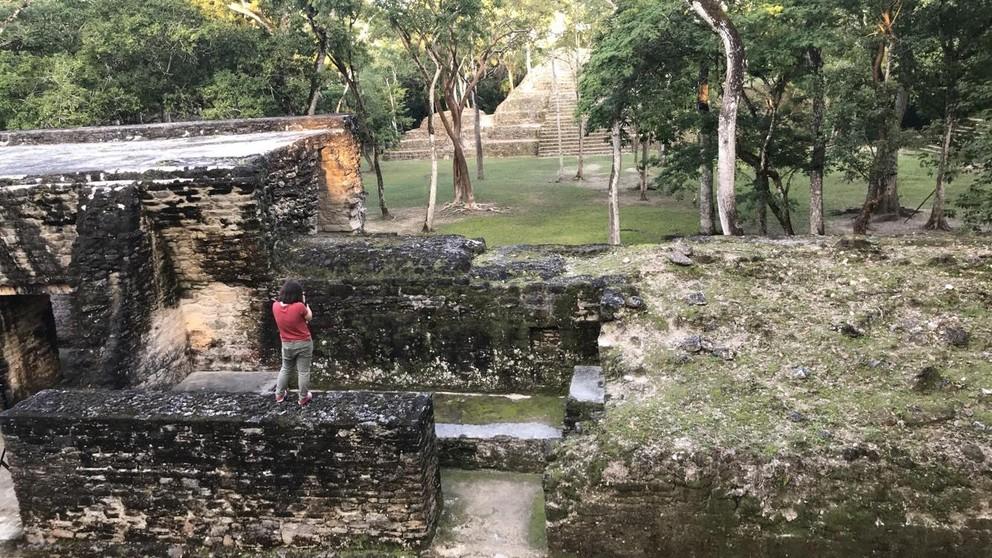Visitors to Penn State’s locations statewide will find it easier to navigate their way around campus with the launch of new, enhanced online maps.
Morocco's food landscape has been undergoing a major shift: Obesity is on the rise while traditional, healthy food is becoming more scarce.
Penn State geography researcher Bronwen Powell wants to know what’s driving these trends. To do that, she and her team are on the ground in Morocco investigating how different foods end up in markets and how community members view those foods.
The next time you see your favorite collegiate athlete on the field or court, think again about their road to getting there.
That is something Clio Andris, assistant professor of geography at Penn State, has spent the past several years piecing together. Her findings were published in The Professional Geographer.
Penn State has launched a new graduate certificate aimed at helping geospatial professionals working in the GIS and web mapping industries to expand their software development and coding skills.
Plastic bottles. Kitchen bags. Toys. Medical devices. Each year, mankind produces more than 320 million tons of plastic — roughly the same weight as all of humanity itself put together.
“Think about that,” said Denice Wardrop, professor of ecology and geography at Penn State. “Every year we recreate humanity in plastic.”
In his decade of teaching at Penn State, Professor of Geography Alex Klippel has seen immersive technologies disrupt everything at the University from education to research to outreach. His belief in the power of this machinery to improve the learning process guided his creation of GEOG 397: Immersive Technologies – Transforming Society through Digital Innovation.
A team of Penn State graduate students recently received the 2018 Michael P. Murphy Award in Geospatial Intelligence, a Penn State endowed scholarship award, for work they did during a geospatial intelligence (GEOINT) course offered though the John A. Dutton e-Education Institute.
A small group from Wildlife For Everyone gathered to see more than 600 alien Galerucella calmariensis beetles released late last month at the Julian Wetlands — a man-made marsh adjacent to Miles Hollow Road, north of Port Matilda.
Insects accidently imported from other countries have caused big problems. The list is long — emerald ash borer, gypsy moth, hemlock wooly adelgid and, now, the spotted lanternfly. However, this alien beetle has been introduced to solve a problem, not cause one.
Penn State graduate students Marie Louise Ryan, Johann Strube and Megan Griffin have been recognized with the 2018 Whiting Indigenous Knowledge Research Award to help fund their research pursuits. The award, open to all full-time Penn State undergraduate and graduate students, is funded by the Marjorie Grant Whiting Endowment for the Advancement of Indigenous Knowledge and supported by Penn State’s University Libraries and the Interinstitutional Center for Indigenous Knowledge (ICIK).
Ancient Mayan civilization in Central America, which collapsed around 1,000 years ago, is being brought to life in a new Penn State project. Two doctoral students in geography, Jiawei Huang and Arif Masrur, have recreated the Mayan ruins of Cahal Pech, in Belize, using virtual reality.
This project is through ChoroPhronensis, a research unit in Penn State’s Department of Geography founded by Alexander Klippel, professor of geography. Klippel's research focuses on immersive technologies and spatial information theory.


